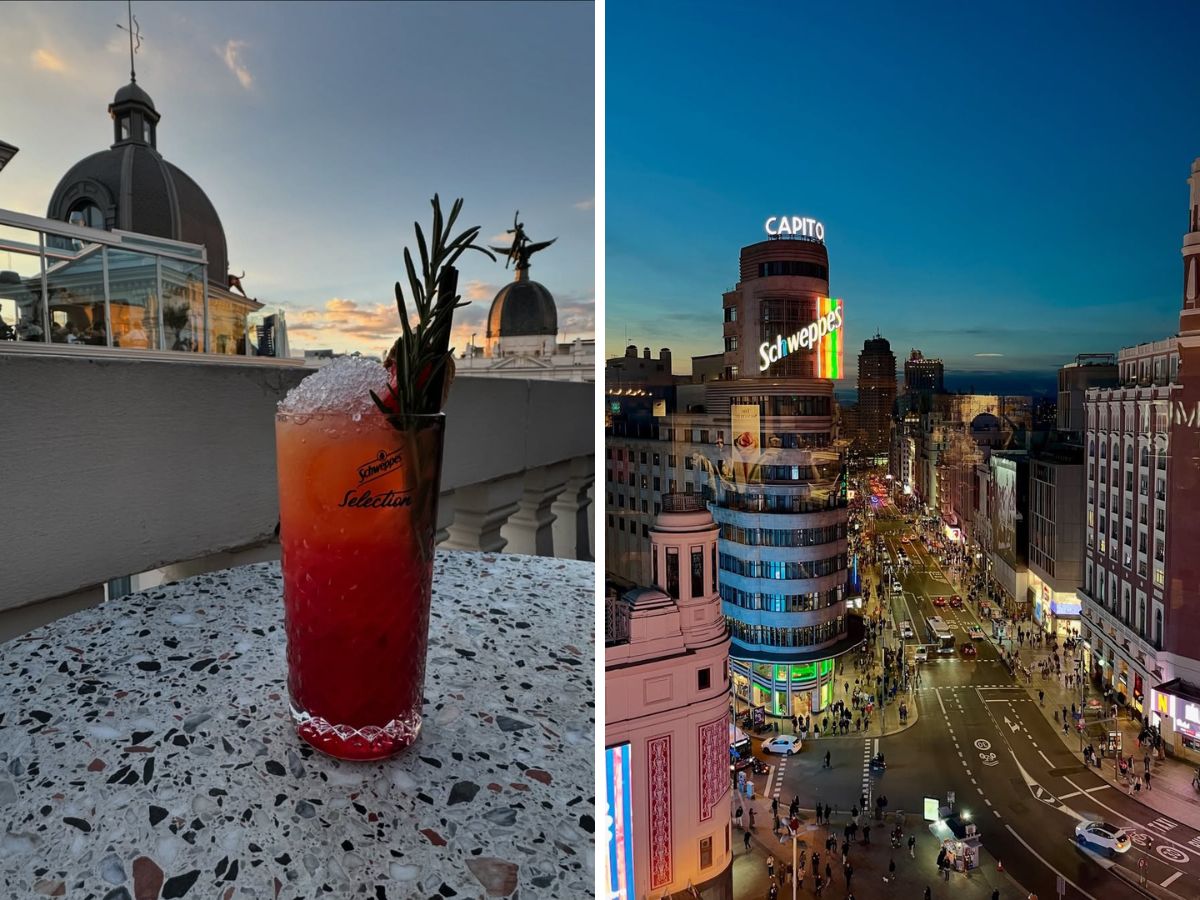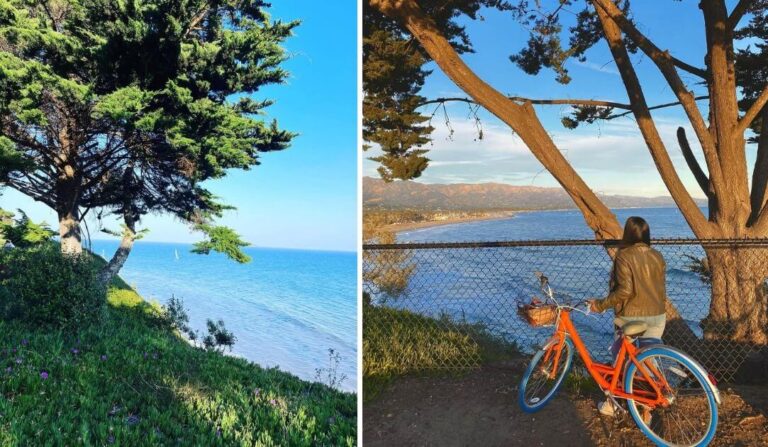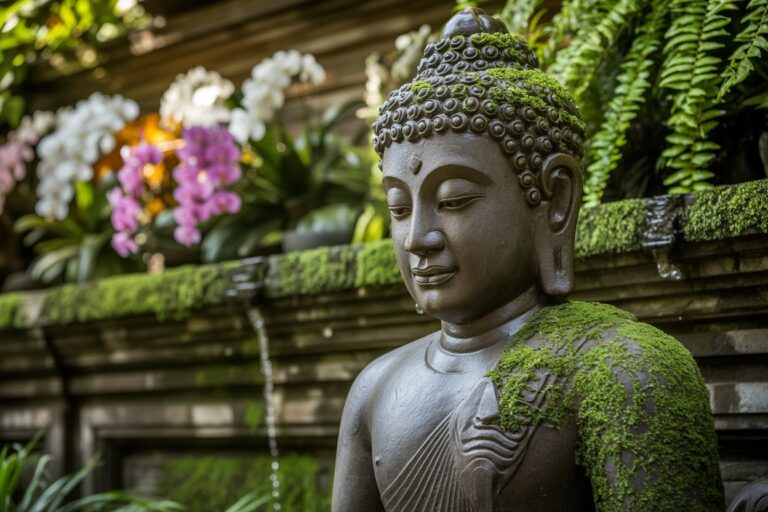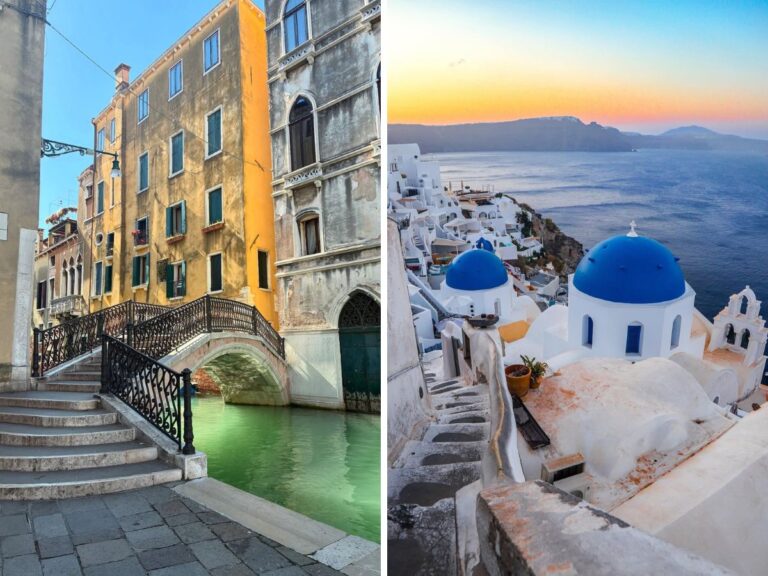Perfect 3-Day Madrid Itinerary for First-Time Visitors
When I first landed in Madrid, the city pulled me in right away. The warm air, the café chatter, and the smell of fresh bread drifting from side streets made it feel like a place that knew how to slow you down in the best way.
I walked out of Sol station with my pack still on my shoulders and a map tucked in my pocket, unsure how the next few days would unfold. By the end of that trip, I learned that Madrid rewards anyone who arrives with curiosity and a loose plan.
If this is your first visit, you deserve a path that feels smooth from the moment you step outside the airport.
That’s what this guide gives you. I shaped it around the way I travel alone, with steps you can try right away and choices that protect your time.
Whether you want long walks through busy plazas or quiet breaks under trees in Retiro, you’ll know exactly where to go and how to settle into the city’s pace.
How To Get Around Without Losing Time

Madrid moves with a quick beat, but once you understand the rhythm, it feels simple.
I start with the metro almost every time I visit. Trains roll in often, and the color-coded lines make it easy to find your direction even if you’re tired from a long flight.
The city’s transit authority confirms that the Madrid Tourist Ticket covers unlimited metro, bus, suburban train, and light rail trips for one to seven days, which can help if you plan to bounce around.
Here is why this helps. On my first morning, I jumped on Line 1 to Atocha and reached the station before I had even finished my coffee. The walk would’ve taken way longer and cut into my day.
Once you’re inside the city core, walking becomes your best friend. Streets around Sol, Gran Vía, and Plaza Mayor are compact, and the short walks give you quiet moments to catch street musicians, smell warm pastries, and peek into small shops you wouldn’t spot from a train window.
When the night grows late, I switch to rideshare. The metro stays open deep into the night, but cars feel smoother when you’re tired and carrying a bag of snacks from a tapas bar. I treat it as a small reset before starting fresh the next morning.
When your transit plan feels simple, choosing where to stay becomes much easier.
Where To Stay For a Stress-Free First Visit
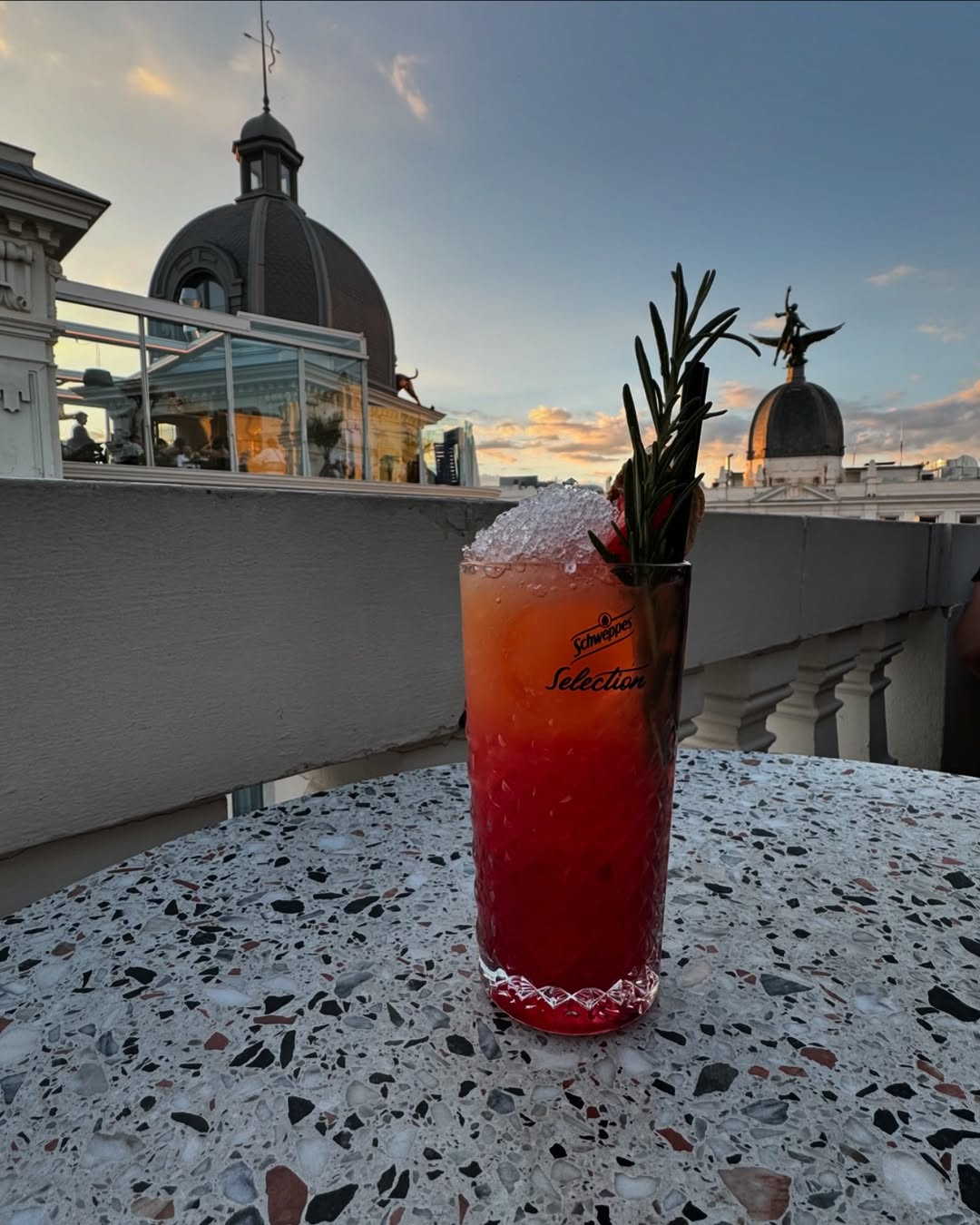
Your first trip feels smoother when you stay in a neighborhood that makes sense from the moment you step outside. Condé Nast Traveler notes that Madrid’s central districts offer quick access to museums, plazas, cafés, and busy streets that stay awake until late. That lines up with my own experience.
Here’s how these areas feel when you walk them alone:
Sol and Gran Vía
Fast-paced and central. The streets stay bright late into the night. I’ve stayed here when I wanted everything within a short walk.
La Latina
Calmer. Tapas bars spread through narrow lanes, and the evenings feel warm and unhurried.
Chueca and Malasaña
Colorful, lively, and full of outdoor tables. These areas are great if you love cafés and creative energy.
On my second visit, I stayed near Plaza Mayor. I woke up early each morning, walked through quiet alleys, and watched the square fill slowly as the sun rose. If you pick a place that helps your mornings start with ease, the rest of the day falls into place.
With your stay sorted, you can dive into the Madrid people picture when they imagine their first day here.
Day One: Classic Madrid Without Rushing
Morning: Sol, Plaza Mayor, and San Miguel Market

Travel + Leisure calls Puerta del Sol one of Madrid’s most iconic squares, and it’s easy to see why once you step into the crowd. I like beginning the day here because every street feels like it pulls you toward something lively. Walk from Sol to Plaza Mayor and you’ll move from noise to calm in minutes.
Once you reach Plaza Mayor, pause for a moment. The open square creates a wide frame for your first photos. From there, drift toward San Miguel Market. It’s bright, busy, and perfect for small bites. When I travel alone, I grab two or three snacks and stand by the tall windows so I can watch people pass by without rushing.
Afternoon: Royal Palace Area
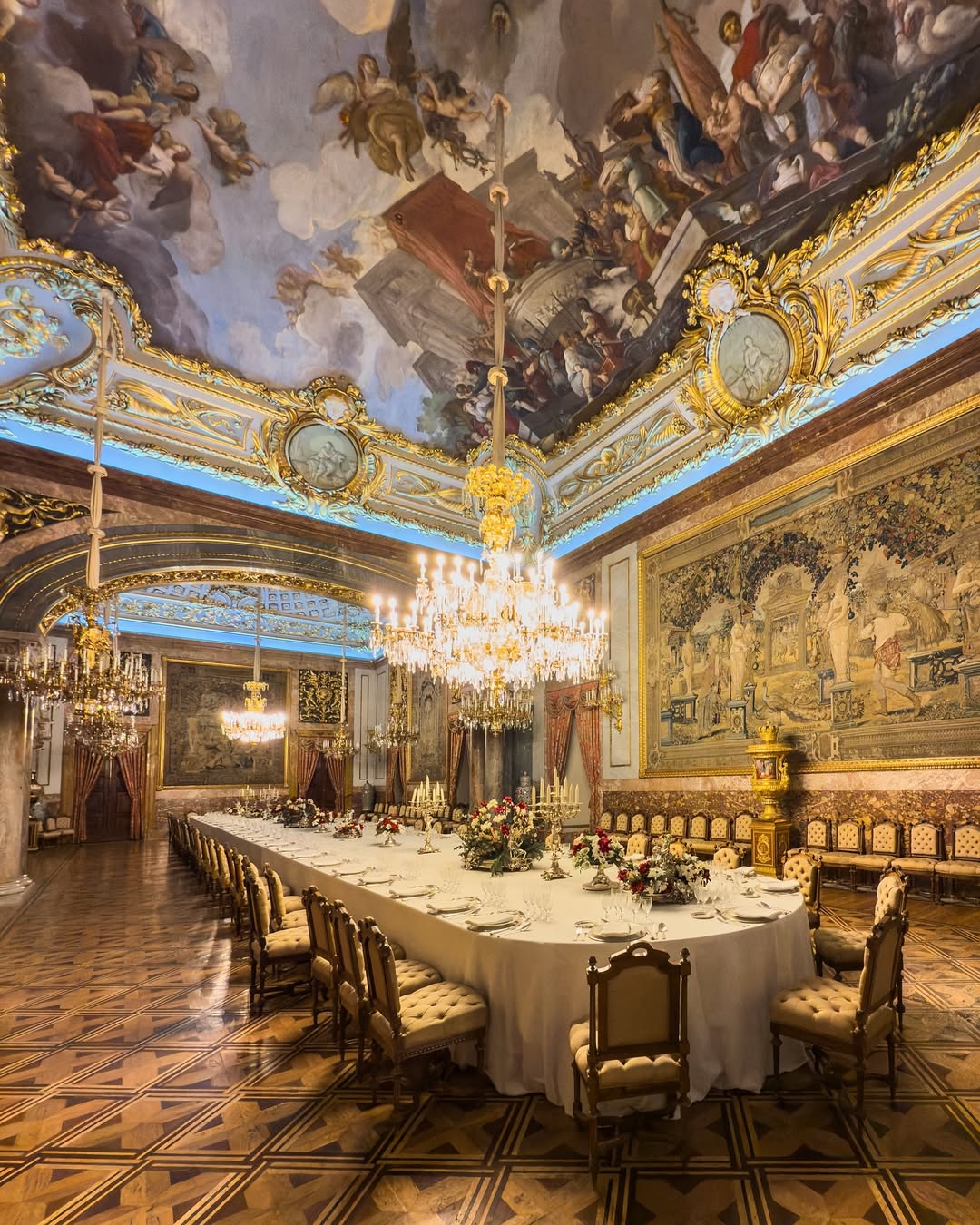
Book your ticket ahead of time, since midday lines often wind around the square. National Geographic calls the Royal Palace a cultural anchor of the city, and it really does feel like one.
The wide courtyard gives you space to breathe even when crowds gather. Take your time, then walk toward Almudena Cathedral. The shaded paths around it offer a short break before you continue.
Evening: Tapas

Your first night in Madrid is the perfect moment for tapas. I usually choose a bar where people stand shoulder to shoulder near the counter. Order something small and slow down.
Lonely Planet explains that Spain’s dining schedule runs late, which means it’s normal to eat closer to 9 or 10 p.m. Look for handwritten boards. They usually mean the menu changes with what’s fresh.
When your night winds down, stroll back slowly and take in the music, lights, and easy laughter floating from doorways.
Day Two: Art, Green Spaces, and A Self-Guided Food Break
Morning: Prado or Reina Sofía
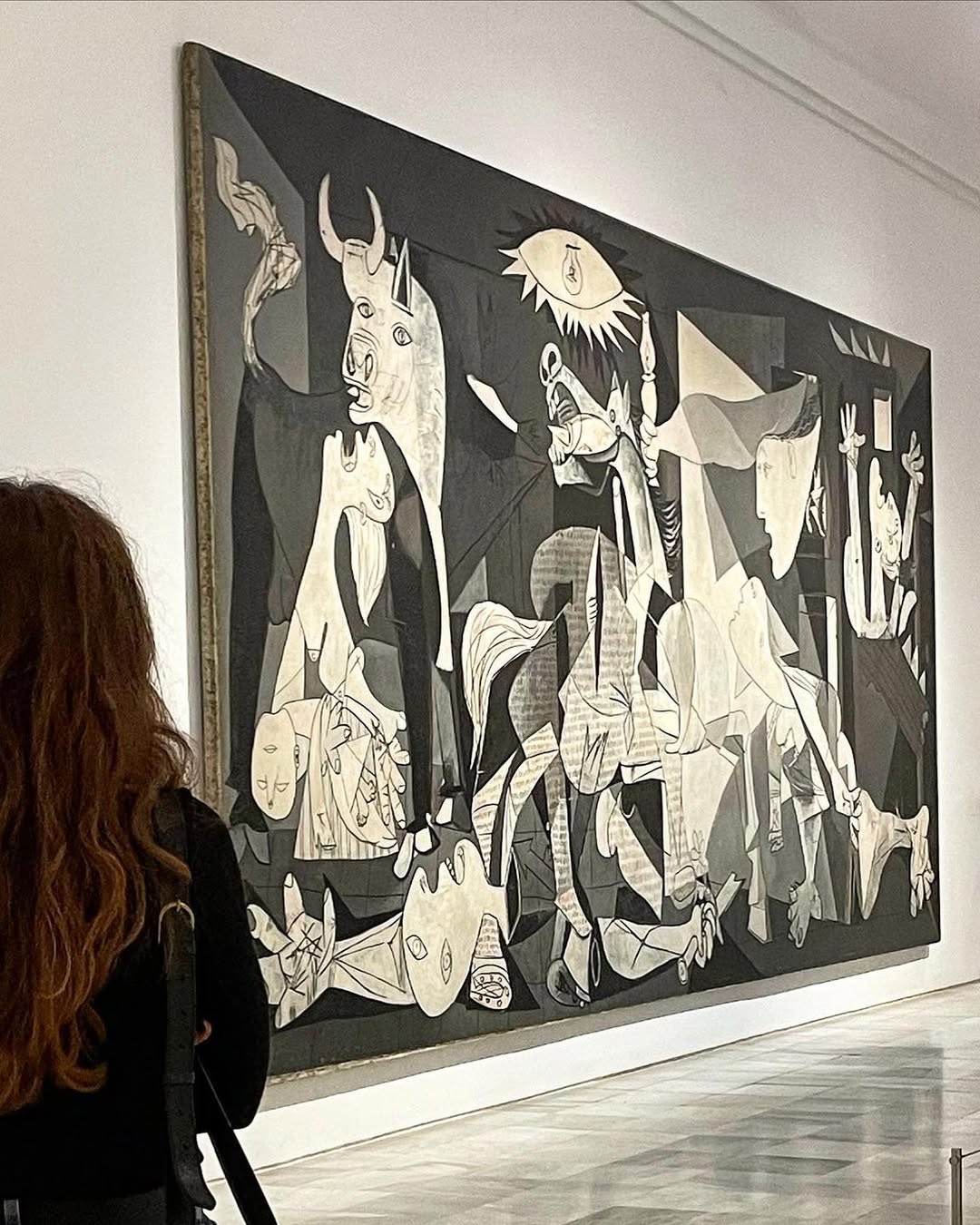
Your choice depends on what kind of art speaks to you. The Prado Museum suggests planning your visit by picking your time slot and choosing your must-see wings in advance. That small step keeps the morning calm. I usually give myself a short window at the Prado so I don’t feel stretched.
If your tastes lean toward lighter, modern pieces, start at the Reina Sofía instead. Its bright halls and wide spaces feel easier to move through, especially if you’re not in the mood for a heavy museum day.
A quiet trick I use: step outside for a moment between rooms. The air resets you before you move on.
Midday: Retiro Park

After the museum, walk toward Retiro Park. Spain’s tourism board describes it as a historic artistic site filled with gardens, lakes, and curved walkways.
When I entered from the northwest gate, sunlight came through the trees in soft patches. I followed the path toward the lake, then grabbed a bench under the shade.
If you want a small moment of calm, sit near the water and watch the rowboats. It’s a simple way to catch your breath without breaking the flow of your day.
Late Afternoon: Local Cafés
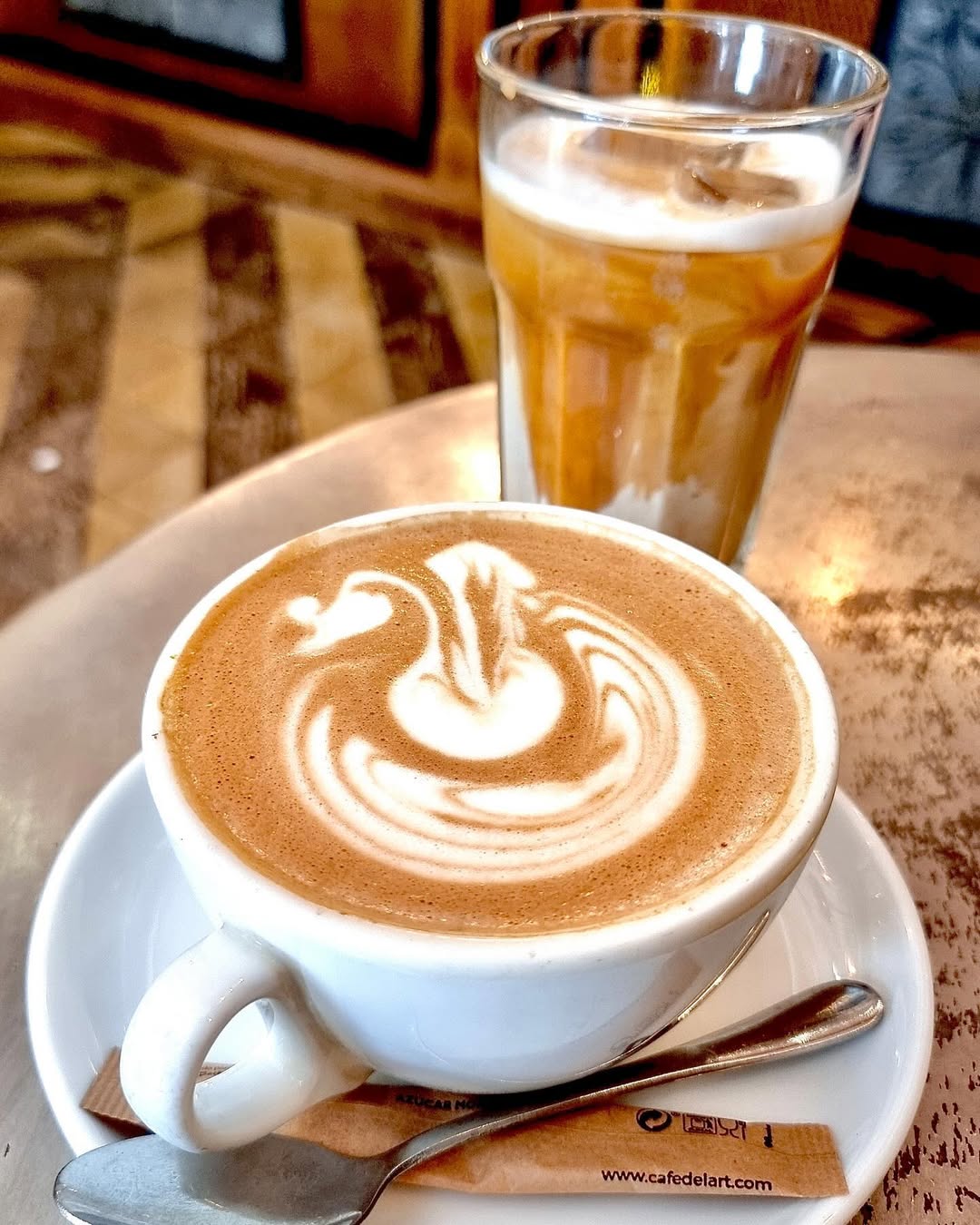
When you step out of Retiro, drift toward the alleys behind the Art Triangle. These small side streets hold cafés with outdoor seating tucked between tall buildings. I like finding a table where I can sip something cold and watch office workers step out for late lunches. Even as a visitor, it feels natural to blend into that slow stretch of the afternoon.
If you want a quick tip: skip the cafés placed directly on the main roads. Walk one street behind. The menus get better and the noise drops instantly.
Night: Neighborhood Walk

Spend the evening in Malasaña or Chueca. Both neighborhoods feel alive but friendly. The glow from the bars, the small record shops, the easy laughter in the air—this is where Madrid feels open and warm at night.
Pick one direction and follow it until the streets get quieter. It’s the best way to see how locals wind down after a long day.
Your first two days set a strong rhythm. Now you can decide whether you want a day trip or a closer look at the city’s smaller corners.
Day Three: Day Trip or Deep-Dive Into Local Life
Option 1: A Day Trip

National Geographic points to Toledo and Segovia as two of the easiest day trips from Madrid. Both reach you by short train rides, which makes the morning simple.
Toledo works if you want stone alleys, hilltop views, and a slower pace. I like walking its narrow streets alone because the quiet corners make you pause more often.
Segovia gives you wide plazas, Roman history, and an open-air feel. If you want something brighter and easier to photograph, pick this route.
Buy your train tickets early, especially on weekends. Morning departures fill faster than you’d expect.
Option 2: Neighborhood Immersion
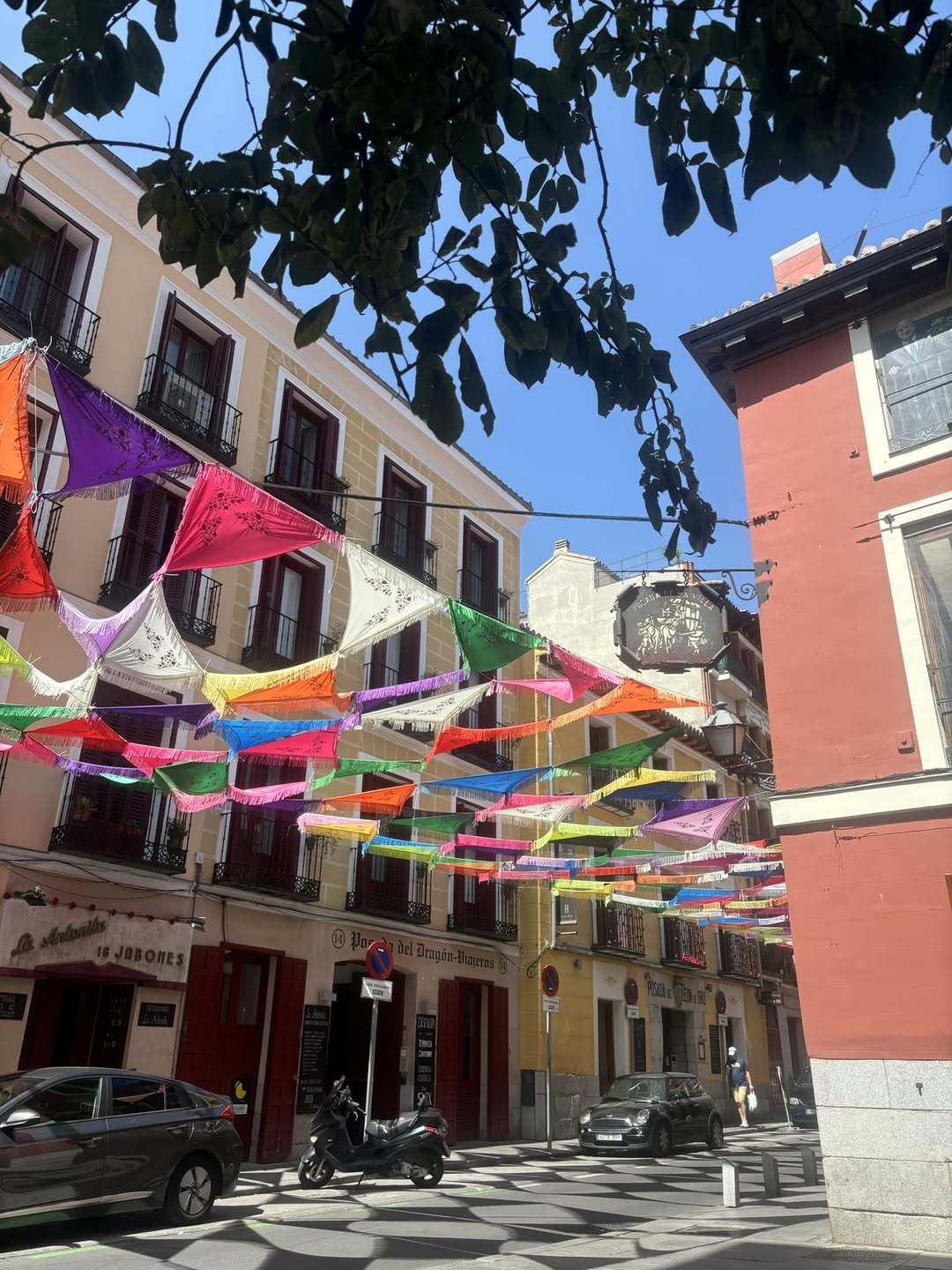
If you’d rather stay in Madrid, choose one neighborhood and spend half a day without rushing. I often choose La Latina, grab a seat outside a small café, then wander through vintage shops and corner bakeries.
When you stay in one pocket of the city, you notice details you’d skip on a fast-paced sightseeing day—chalkboard menus, local fruit stands, street art behind old shutters. These tiny moments make the city feel personal.
Once you settle into that slower pace, food becomes the next thread that ties your trip together.
FAQ: First-Time Madrid Questions
Is Madrid safe for solo travelers?
Madrid feels steady and welcoming for most solo visitors. Stay aware in crowded spots like Sol and Gran Vía, since pickpockets work those areas. I usually keep my small bag zipped and stay near groups when walking late at night.
Do I need to speak Spanish to get around?
You’ll hear English in hotels, museums, and many cafés. In smaller spots, simple phrases help a lot. A smile and a short “gracias” go a long way.
What’s the best way to get from the airport to the city?
The metro and airport express bus are the simplest options. If you’re arriving late or carrying heavy bags, I prefer taking a taxi so I can start the trip without rushing.
Do restaurants open late every day?
Yes. Madrid follows a different rhythm, with lunch stretching into the afternoon and dinner pushing later into the night. Plan your meals around that slower pace so you don’t run into closed doors.
Should I buy museum tickets ahead of time?
For the Prado and the Royal Palace, early tickets help avoid long lines. I always grab mine online the night before.
Is three days enough to see the city?
Three days give you a solid taste of Madrid’s plazas, museums, and food scene. You’ll cover a lot without feeling rushed.
Conclusion
Madrid has a way of pulling you in with small moments—a slow breakfast near a sunny plaza, a late-night walk through bright streets, or a quiet pause under the trees in Retiro.
If you follow this plan, you’ll move through the city with steady steps and enough space to enjoy the parts that surprise you.
I’d love to hear what you’re planning for your own trip.
Drop a comment and tell me which day of this itinerary feels closest to your style.

